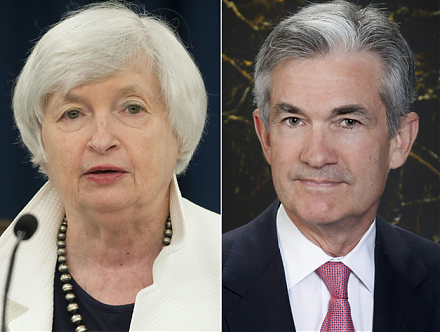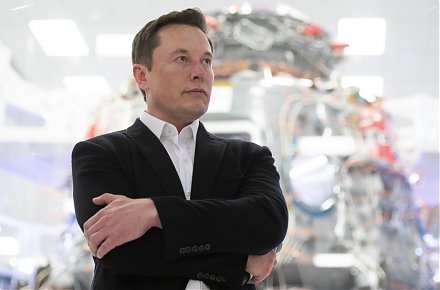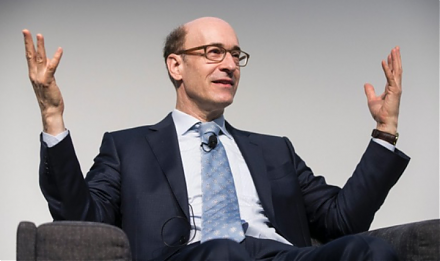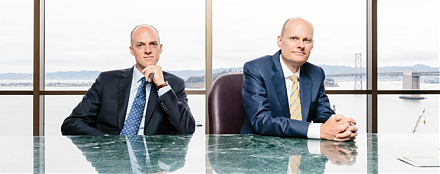

2019-09-25 15:33:00 Wed ET
federal reserve monetary policy treasury dollar employment inflation interest rate exchange rate macrofinance recession systemic risk economic growth central bank fomc greenback forward guidance euro capital global financial cycle credit cycle yield curve
Product market competition and online e-commerce help constrain money supply growth with low inflation. Key e-commerce retailers such as Amazon, Alibaba, and eBay use fast multi-channel pricing algorithms to set the retail prices of consumer goods. For central bankers and monetary policymakers who often need to monitor transitional inflation dynamism over time, retail prices are subject to more frequent adjustments with less insulation from common nationwide shocks. Intense product market competition poses a new economic risk that some retailers may institute an innocuous deterioration in product quality instead of upward price revision.
Online retailers can use smart retail-pricing algorithms to take into account energy costs, exchange rate fluctuations, and other fundamental factors that may affect both production and delivery prices. Product market power concentration further empowers the top 10% superstar companies to capture almost 80% of net profits in Corporate America. These superstar companies retain their competitive moats over the course of more than one single real business cycle (about 7-to-9 years). This anti-competitive clout issue calls for tougher antitrust scrutiny for tech titans (Apple, Amazon, Alibaba, Facebook, Google, and Twitter), big biotech bellwethers (Johnson & Johnson, Pfizer, Merck, Abbot, Amgen, and Bristol-Myers Squibb), and telecoms (Verizon, AT&T, Sprint, and T-Mobile).
If any of our AYA Analytica financial health memos (FHM), blog posts, ebooks, newsletters, and notifications etc, or any other form of online content curation, involves potential copyright concerns, please feel free to contact us at service@ayafintech.network so that we can remove relevant content in response to any such request within a reasonable time frame.
2017-12-14 12:41:00 Thursday ET

Federal Reserve raises the interest rate by 25 basis points to the target range of 1.25% to 1.5% as FOMC members revise up their GDP estimate from 2% to 2.5
2017-06-15 07:32:00 Thursday ET

President Donald Trump has discussed with the CEOs of large multinational corporations such as Apple, Microsoft, Google, and Amazon. This discussion include
2023-02-28 10:27:00 Tuesday ET

Basic income reforms can contribute to better health care, public infrastructure, education, technology, and residential protection. Philippe Van Parijs
2018-04-23 07:43:00 Monday ET

Harvard professor and former IMF chief economist Kenneth Rogoff advocates that artificial intelligence helps augment human productivity growth in the next d
2017-06-03 05:35:00 Saturday ET

Fundamental value investors, who intend to manage their stock portfolios like Warren Buffett and Peter Lynch, now find it more difficult to ferret out indiv
2017-05-07 06:39:00 Sunday ET

While the original five-factor asset pricing model arises from a quasi-lifetime of top empirical research by Nobel Laureate Eugene Fama and his long-time co